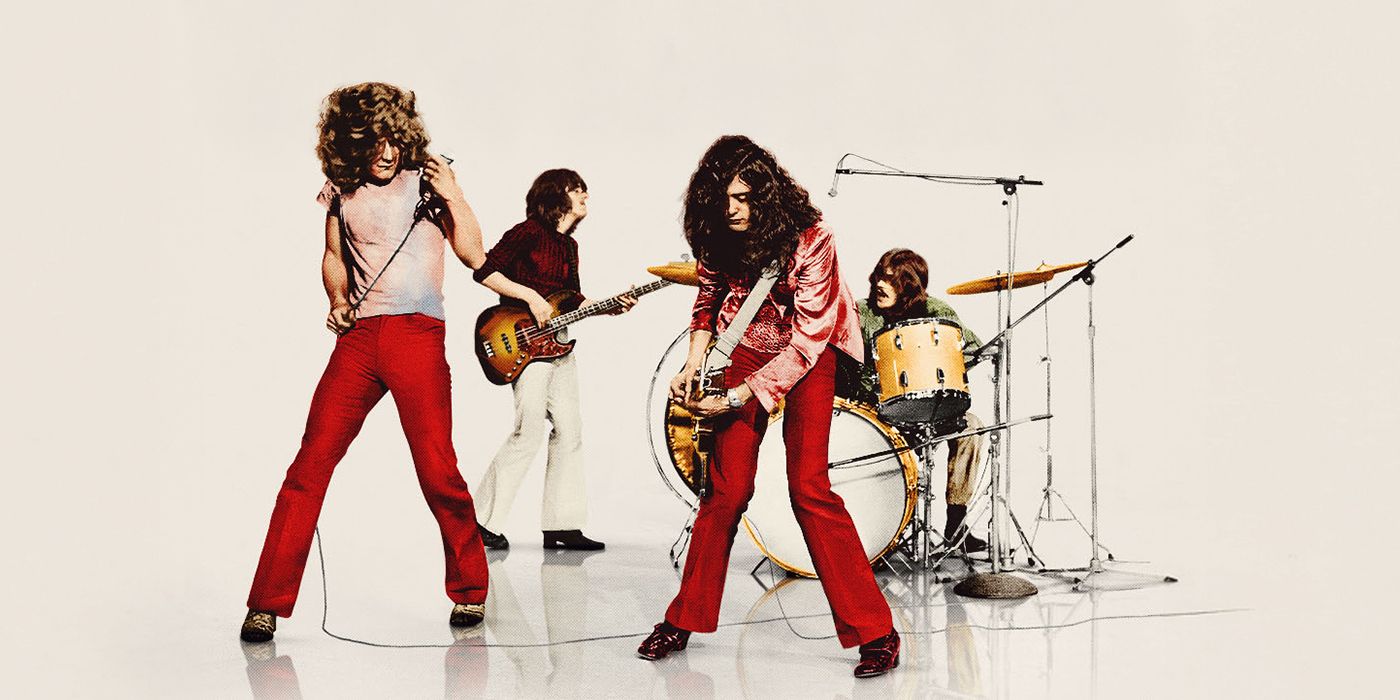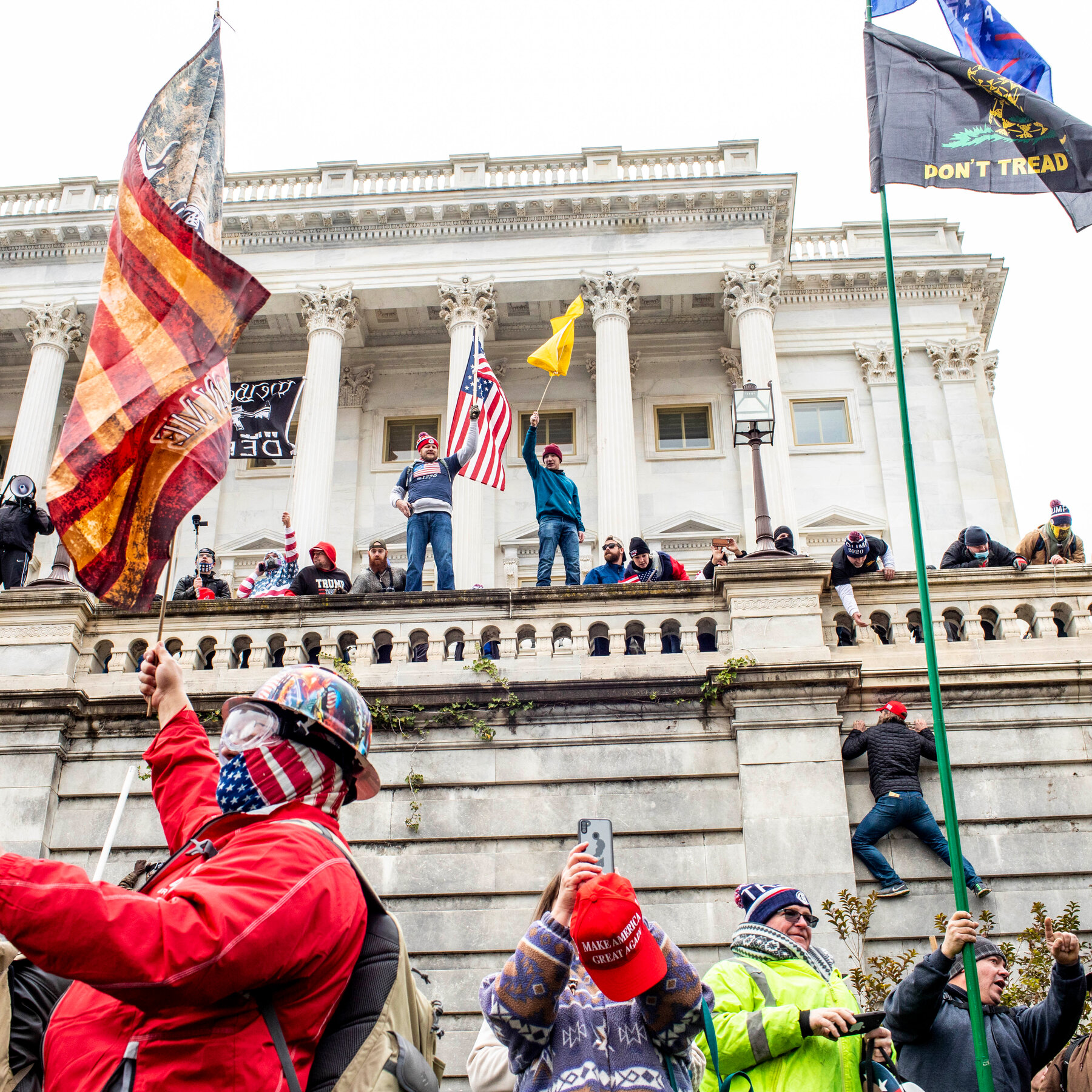Make way for one of England’s finest: Led Zeppelin. In 1968, four Londoners Jimmy Page, Robert Plant, John Paul Jones, and John Bonham came together to form one of the most innovative rock bands of all time. But breaking new ground in the music industry comes with risks. Few bands have endured as much criticism simply for expanding their creative horizons, and Led Zeppelin is no stranger to such experience. Fresh off the success of Led Zeppelin and Led Zeppelin II, the group was catapulted into superstardom, only to later hit roadblocks in their musical direction. What came out of their 1970 slump is an album so often misunderstood that it would later be recognized as one of their greatest masterpieces. ‘Led Zeppelin III’ Was the Result of Tour Burnout and Exhaustion In conjunction with their highly successful album Led Zeppelin II, the hard rock unit embarked on the “Spring 1970 North American Tour. Commencing” on March 21st, 1970, and concluding on April 18th, 1970, the tour was notorious for several reasons. One, their American run, took place less than 10 days after their previous European tour, which had just concluded on March 12th. Second, their time in the States left an unsavory memory in Led Zeppelin. Taking place during a period where civil rights-based disputes were at their peak, combined with protests against the Vietnam War, crowd control was at its worst. In Mick Wall’s Led Zeppelin biography “When Giants Walked the Earth,” bassist Jones even has a testimony regarding his apparent culture shock: “I don’t think we can bring America again for a while.” Timeline-wise, Led Zeppelin conducted their first recording sessions for Led Zeppelin III in November 1969 at Olympic Studios before pausing to take a break. As a result of the burnout of their American tour, Plant suggests a retreat to Bron-Yr-aur in Wales. The trip ended up being a two-person excursion between Plant and Page, which visited an 18th-century cottage in Snowdonia. Although the lore insists that Led Zeppelin III was conceived in a humble abode with no electricity or running water, the purpose of the trip was far from writing new songs (except “That’s the Way.” However, Bron-Yr-aur’s peacefulness did inspire Led Zeppelin III’s more acoustic direction, which can be heard in the second half of the album. Hard Rock Fans Divided Over ‘Led Zeppelin III’s’ Folk-Based Sound Longtime fans expecting the same grandeur of hits like “Whole Lotta Love” might be disappointed with Led Zeppelin III’s unusual direction. The first half of the album still sticks with their familiar, bluesy sounds from the previous two albums, although much tamer in comparison. With an opening track like “Immigrant Song,” featuring slick drum runs and Plant’s infamous “Ahhhhh” scream, the album begins with a Viking-inspired, churning hard-rock riff that conjures up a warrior-like spirit. But this intensity is a slight misdirection. What listeners don’t realize is that by the time they reach the second half of Led Zeppelin III, gone are the obnoxious heavy guitars, and say hello to gentle, acoustic strings. From its sixth track to the album’s closing song, Led Zeppelin III embraces folk-rock textures with a multitude of acoustic instruments. Sonically, “Gallows Pole” is layered with banjos, mandolins, and acoustic guitars on top of their usual set of instruments. On the opposite end of the spectrum, “Hats Off to (Roy) Harper” only features vocals over a slight guitar distorted in Led Zeppelin fashion, but still folksy. Thematically, “Tangerine” offers a tender reflection on lost love, and the now-famous “Bron-Yr-Aur Stomp” retells Plant’s joy of roaming the countryside with his canine companion. The grandiosity of the first two albums is replaced by something technically simpler, yet just as powerful. Led Zeppelin Continue to Embrace their Folk Inspirations After ‘Led Zeppelin III’ Although some listeneres were put off by the band’s stylistic shift, their folk leanings were hardly unexpected. Even on Led Zeppelin II, Plant had already written “Ramble On,” a Tolkien-inspired tune whose opening line, “Leaves are fallin’ all around,” is adapted from Tolkien’s Elvish poem. Their later track post-Led Zeppelin III, “The Battle of Evermore” is equally rooted in folk traditions, featuring acoustic guitar and mandolin, with lyrics also drawn heavily from The Lord of the Rings.
https://collider.com/led-zeppelin-album-led-zeppelin-iii-became-rock-masterpiece/
The Led Zeppelin Album No One Believed Would Work — and How It Became a Rock Masterpiece


